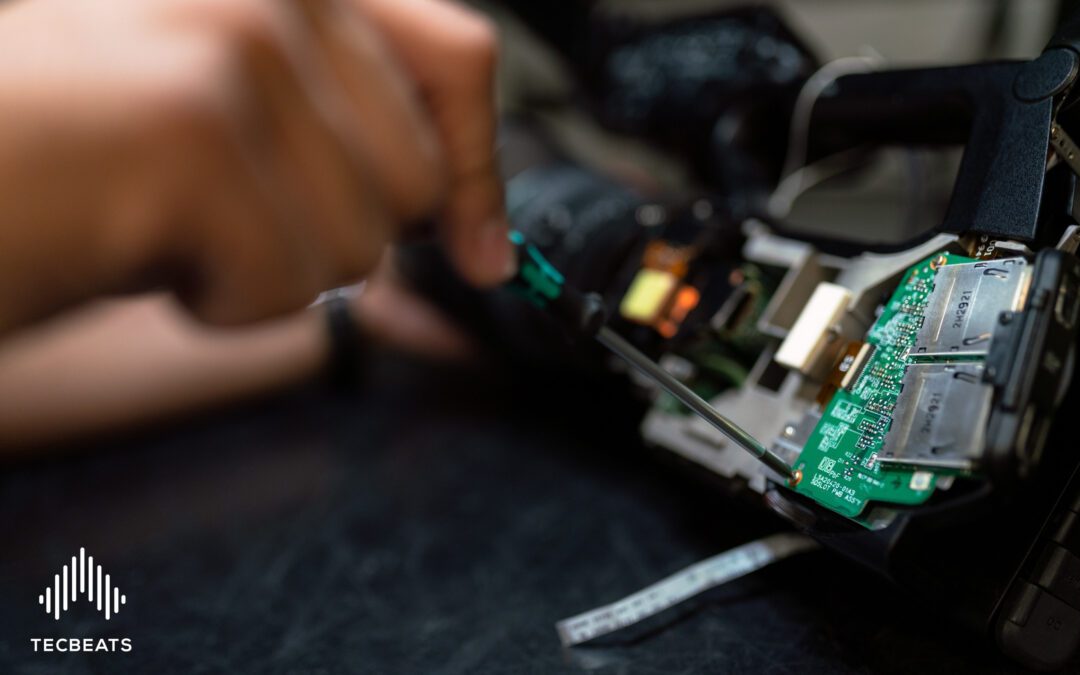Maintenance in Software Development Life Cycle: Software maintenance is part of the software development life cycle (SDLC). It would be imprudent to release a product and let it run just like that, you have to keep paying attention to its performance, as well as to the customer’s needs to correct or improve it.
Software maintenance is the process of modifying software after it has been released or delivered. When it is said to modify, it also includes correcting or improving the product, to meet the needs of the customer or the market.
The Importance of Maintenance in Software Development
Launching a product is a big step for a company and at the same time a big risk to take. That is why once in the market, the software has to be taken care of, modified, corrected, and even improved if necessary. To be up to the industry’s standards, software must be maintained and observed. Improving low points, fixing bugs, correcting faults, making changes, implementing interfaces with other systems, and improving the design, are some of the modifications that can be made to a product already launched.
4 different types of maintenance in Software Development
There are 4 types of software maintenance and each one has its specific objective
- Corrective Software Maintenance
- Preventative Software Maintenance
- Perfective Software Maintenance
- Adaptive Software Maintenance
Corrective Software Maintenance
As its name implies, this type of maintenance is performed to correct errors or fix bugs in a piece of software, this can lead to a problem in its use or execution, so it should be fixed as soon as possible.
It is always better to recognize these errors before they are perceived by the users, to avoid complaints or dissatisfied users.
Preventative Software Maintenance
In these cases, maintenance is carried out with a view to the future. It seeks to correct or improve some aspect of the product that over time could end up being a failure or an error. the goal is to change small details now to avoid future problems.
Perfective Software Maintenance
The aim of this type of maintenance is to adjust or adapt the software as best as possible to the needs of the customers or users. Adding new features or necessary functionalities, and eliminating those that are not relevant.
It is very common that when a product is launched to the market new ideas or improvements are born that in the development process were not taken into account, that is why it seeks to add or implement them to adjust the software to the user’s needs and make it a tool as useful as possible.
Adaptive Software Maintenance
what is sought in these cases is to apply modifications or improvements when the user or customer needs to change the platform or run the product on a new system, or needs to make it compatible with new software or hardware.
The process of maintenance in Software Development
There are some typical steps to carry out software maintenance. Depending on the situation, resources or times needed it can be done in different ways or include more steps in the middle, but here are the most common phases of the process.
- Identification and tracking – Identify and locate which part of the product needs to be modified or improved. Ideally, this should come from the developers and not be defined by a user’s observation.
- Analysis – In this process, the potential modification to be made is analyzed. What are the effects that it will bring and if it can bring complications. At the same time, it is sought to recognize the financial costs, to conclude if it is convenient or not to make this modification.
- Design – to design the changes to be made in compliance with the specified requirements.
- Implementation – Here the programmers come into play, and the new modules are implemented with their modifications.
- System testing – Before launching the changes made, tests are performed. Both of how the module works, as well as the system itself and both components together.
- Acceptance testing – In this step the users come into play, testing the modifications. If they are useful or not, if they solve the problem in question. It is important to pay attention to this feedback since it is the best way to improve and make fruitful corrections.
- Delivery – The modification is executed. Software upgrades are sometimes performed. This is where users notice the changes.

